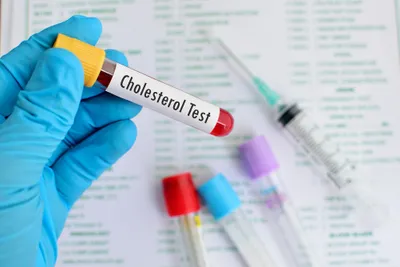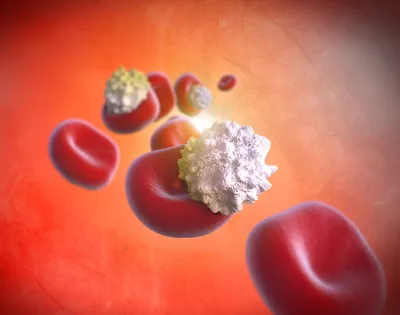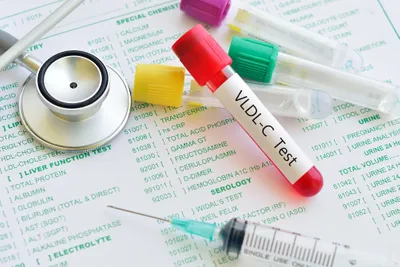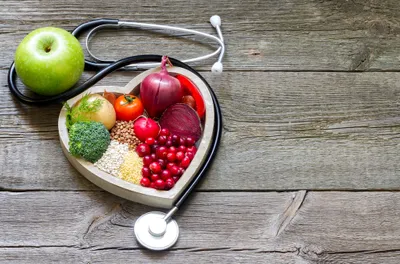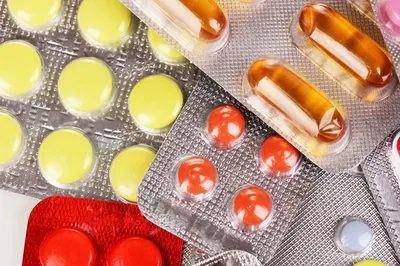When it comes to heart health, your cholesterol can be viewed as a primary building block in a good, solid foundation. Of course, there are other important factors—like the bricks, beams, and mortar of a home—your diet, if you smoke, your weight management, genetics and other lifestyle choices all contribute to your heart’s healthy working order.
Of course, the body requires a certain amount of cholesterol to work properly, but bodies that host an excess of this fatty substance can develop blockages in the blood vessel walls, which increase the risk for a stroke or heart attack. Here are a few need-to-know facts about your cholesterol…
1. What the Heck is Cholesterol?
Our bodies produce the fatty substance known as cholesterol for hormone production (i.e., estrogen and testosterone) and cellular growth. However, we also get excess cholesterol from many of the foods we eat (i.e., eggs, cheese, meat and poultry).
Our livers store and secret the cholesterol levels in our bodies, delivered via the bloodstream. After a meal, the cholesterol from foods is absorbed by the small intestine, metabolized by the liver, and either stored or secreted. However, the CDC explains that when our cholesterol levels are too high, deposits (or plaque) can form in the arteries, causing narrowing and blockages, which can lead to heart disease.
2. Cholesterol Comes in Different Types
Our cholesterol is made up of three different sources—High-density lipoproteins (or HDL cholesterol), low-density lipoproteins (or LDL cholesterol), and very low-density lipoproteins (or VLDL cholesterol). The total of these substances combined makes up your total cholesterol.
Cholesterol makes its way through the bloodstream via proteins. When cholesterol is attached to a protein it’s known as a lipoprotein. Lipoproteins come in three types (see the following slides), which are categorized by how much protein versus cholesterol is present.
3. LDL Cholesterol
Low-density lipoproteins (or LDL) characterizes a lipoprotein with a higher cholesterol versus protein ratio. You might be familiar with LDL as the so-called “bad” cholesterol, as too much LDL is associated with plaque formation within the artery walls.
Plaque buildup over time can lead to atherosclerosis (narrowing of the arteries), which can lead to limited blood flow, blood clot formation, heart attack, stroke, or myocardial infarction.
4. HDL Cholesterol
When it comes to super stars of the cholesterol world, HDL wears the cape! High-density lipoproteins (or HDL) earned its reputation as the “good” cholesterol because it has a higher protein versus cholesterol distribution. The so-called “good” HDL cholesterol does very good things inside our arteries—as it literally pulls and cleanses excess cholesterol from inside the artery walls so the liver can eliminate them.
Ideally, you want more HDL cholesterol in your body compared to LDL cholesterol to lower your risk of developing cardiovascular disease, peripheral artery disease or suffering a stroke or heart attack.
5. VLDL Cholesterol
You may have never heard of very low-density lipoproteins (or VLDL) up until now. As the Mayo Clinic explains, this is because, “there’s no simple, direct way to measure VLDL cholesterol with a routine cholesterol screening.” In fact, a separate lab test is required to measure the exact amount of VLDL cholesterol in the blood.
VLDL cholesterol is made up of even less protein than LDL. And high levels of VLDL cholesterol, like high LDL cholesterol levels, have been linked to the formation of plaque deposits inside the artery walls. These plaque deposits limit blood flow and can cause narrowing of the arteries, blood clots, heart attack, and stroke.
6. Normal Cholesterol Levels
So with a triad of cholesterol types to keep track of, doctors test for healthy cholesterol levels with a simple blood test (as mentioned they don’t test of VLDL with this test) that measures total lipoproteins and cholesterol. According to the American Heart Association, adults aged 20-years and up should have their cholesterol tested every 4 to 6 years. High risk groups (i.e., senior’s, women after menopause, or heart disease patients) require more frequent testing.
Cholesterol guidelines set out by the National Heart, Lung, and Blood Institute consider good total cholesterol levels at 200 mg/dL or lower, borderline levels at 200 to 239 mg/dL, and high cholesterol levels at 240 mg/dL or higher.
7. Reversing Bad Cholesterol
The good news about bad cholesterol is that it is reversible! However, this may be easier said than done. Most people with bad cholesterol will need to make significant lifestyle changes to reduce their cholesterol levels. This may sound like a broken record, but the key to lowering cholesterol – just like many other conditions, is to live a healthy lifestyle by eating healthy foods and exercising.
8. What To Eat
Fats have gotten a bad rap in the past. However, fats (along with protein and carbohydrates) are an essential macronutrient that our bodies need to function properly and there are many that promote good health. Good fats that help lower LDL and raise HDL levels are unsaturated fats (polyunsaturated and monounsaturated). Foods like nuts, seeds and vegetable (canola, avocado and olive) oils. It’s recommended to choose foods that are reduced in fat and are considered lean proteins like poultry and fish like salmon or tuna.
9. What Not To Eat
In terms of cholesterol, saturated and trans fats are the culprits for LDL cholesterol and lowering HDL cholesterol. Saturated fats aren’t necessarily bad for you, but they should be eaten in moderation. They are found in animal products like beef, pork, lamb and full fat dairy products like cream and butter. It is recommended by the American Heart Association that to lower your cholesterol, you should only consume 5-6% of your total daily calories of saturated fats. For example, if someone consumed 2,000 a day, they should eat a maximum of approximately 20g of saturated fat.
Trans fats are unsaturated fats that are created by adding hydrogen to solidify them. Trans fats are typically found in fried food, pastries and baked goods like cookies and pies.
Reading the nutritional information on food labels may make your trip to the grocery store a little bit longer, but it’ll pay off exponentially in your health.
10. Cholesterol Lowering Medication
As mentioned above, living a healthy lifestyle by eating healthy foods and exercising will assist in lowering cholesterol. However, in some severe cases, doctors may prescribe patients medication that will lower cholesterol if they are at a higher risk of having a heart attack. The most common medication prescribed to lower cholesterol are statins. Other lipid-lowering drugs are cholesterol lowering inhibitors, resins and fibrates, among many more. It is important to note that drugs should not be the first option and should only be taken if prescribed by a doctor.

